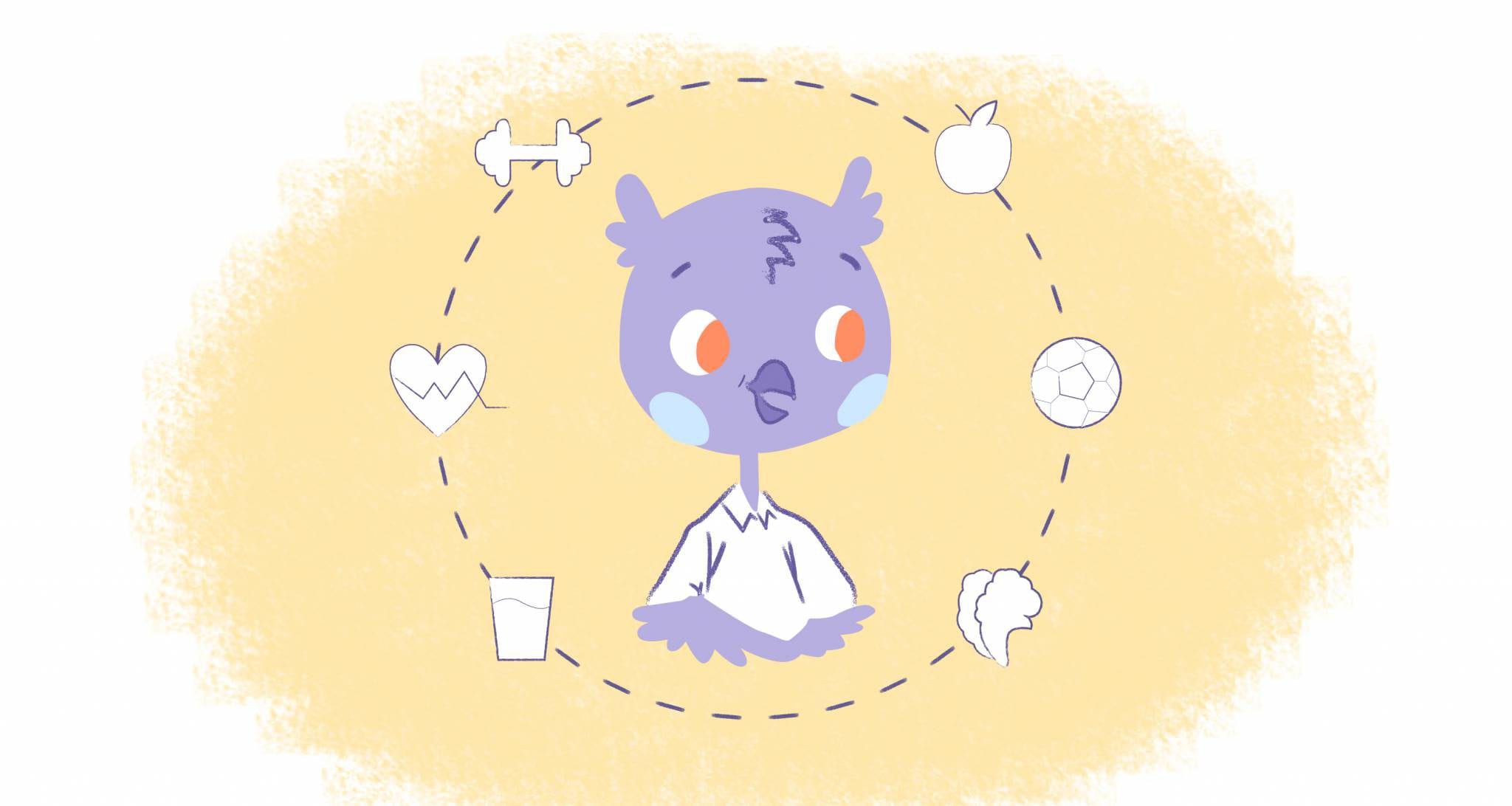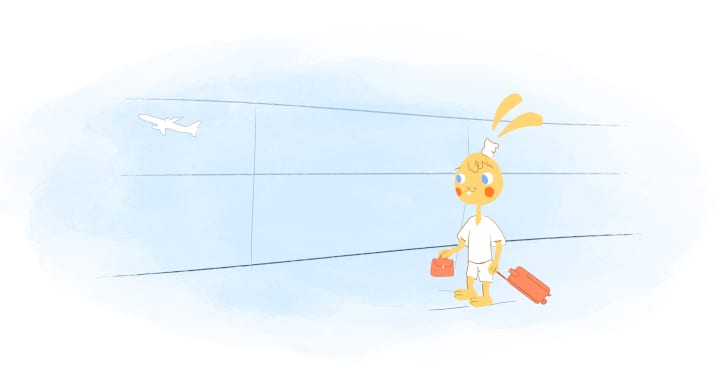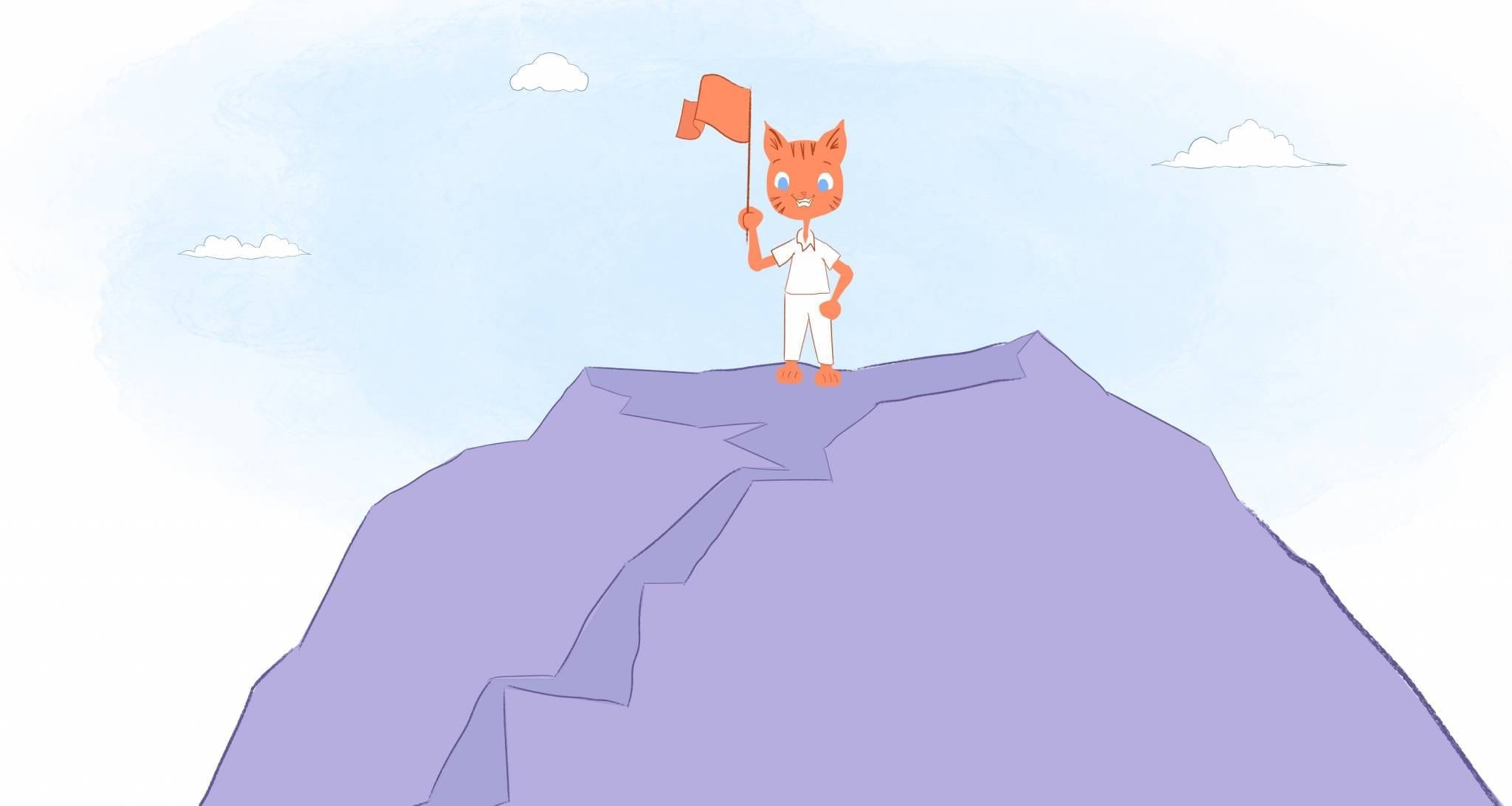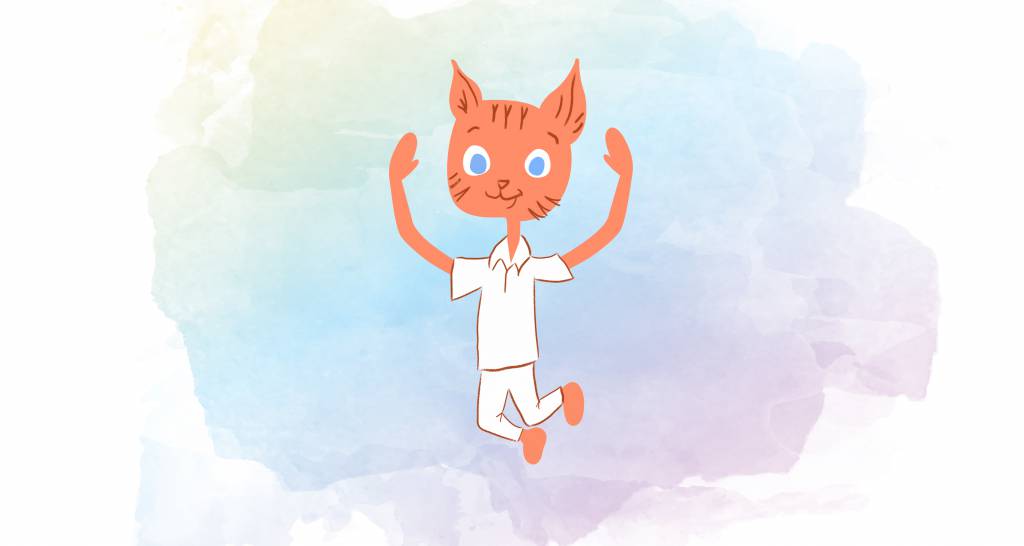

Attention management, according to speaker, trainer, and author Maura Thomas, “offers the ability to consciously direct your attention in any given moment, to be more proactive than reactive.” It’s also about maintaining “control rather than inadvertently” relinquishing it. “It’s about regaining control over your attention and thereby taking control of your life,” she adds.
In short, “Attention management empowers your productivity.” As a result, you’ll do better work that’s more meaningful. And, even more beneficial, you’ll avoid burnout.
So, yeah. Mastering attention management just makes sense. But, how can you achieve this goal? Well, here are the best ways to do so.
Make use of a good to-do-list.
“One of the most common mistakes I see people making with regard to their productivity is the lack of a good task list where they can store, organize, and act upon all of the things they need or want to do,” explains Maura Thomas. “If you aren’t making good use of a good to-do list tool (I suggest an electronic tool rather than a paper one), then you’re missing one of the easiest attention management strategies.”
According to Thomas, this is “one of the simplest changes you can make toward better control over your attention and therefore improved productivity.” The reason? Thomas argues that it’s because “you can only manage what you can see, and you can only see what is outside your head.”
Good stuff there. I’d also add that simply writing down a list can make you more effective. It also feels awesome when crossing items off of your list, which encourages you to repeat this behavior.
As Angela Ruth writes in an article for Calendar, there are some drawbacks to lists though. “If you have a list of ten items to do today, where are you going to start?” asks Angela. “You may be tempted just to begin with the first item you’ve jotted down.”
The problem with lists.
“But, is this something that you really need to do right now?” inquires Angela. “If not, that means that you’re neglecting a more important task that currently deserves your attention and energy.”
To rectify this, learn how to prioritize your list by:
- Create a master list. Don’t overthink this. Right now you just need to “get all of your upcoming tasks, projects, and events into a single list.”
- Analyze your list. Now you’re gonna go ahead and trim down your list. Using a strategy like the 4Ds of time management can help you with this task. That means whatever needs to done right now gets scheduled into your calendar. For the important, but not urgent items, you would defer them to another date. And, anything that can be delegated or deleted should be removed off the list.
- Use prioritization methods. Stuck? Try out techniques like identifying your MITs or a priority matrix.
Create your own workplace oasis.
Just as I sat down to write this piece, I heard the trash truck rumbling down the street. If you’re a dog owner, you know what happens next. My pup began barking excessively. Suffice to say focusing on writing just wasn’t feasible at the moment.
As my story should demonstrate, your work environment plays a huge factor in your focus. As such, you should make creating a focus-friendly environment a top priority.
Don’t know where to start? Here are some suggestions I have for you:
- Create a dedicated workspace that’s free of distractions and temptations. For example, working on your laptop in the living room means you’re fighting back against the TV or noisy housemates.
- Keep your space clean and organized. Neuroscientists at Princeton University have found that physical clutter negatively affects your focus and ability to process information.
- Block out background noise. Close your office door or work somewhere isolated from noise. If not possible, invest in a pair of headphones.
- Lighting, color, and temperature. While this varies from person to person, it’s tough to focus when you aren’t physically comfortable. Take stock of the lighting, colors, and temperature of your workspace and adjust them until set at optimal levels.
- Use a standing desk and ergonomic furniture. Speaking of comfort, this type of office equipment can help reduce health risks, like body aches and eye strain.
Reduce your screen time.
I’m not throwing stones here. I’m also guilty of being glued to my electronic devices. Although, I have been actively trying to reduce my screen time.
Like most of is, unfortunately, this isn’t for the faint of heart. Technology has built-in gratification. That means that whenever you receive a social media notification, for example, the pleasure centers of the brain are stimulated. In turn, you keep coming back for more.
To counter this, put your phone on silent when you need to concentrate. If that doesn’t work, you may want to leave your phone in another room or block apps at certain times. I’ve actually removed all social media apps from my phone so that I don’t check them as frequently.
But, social media isn’t the only culprit. So is email and IM. In fact, RescueTime found that we check in on those communication platforms every 6 minutes. That’s certainly going to interfere with our focus.
Even if you close windows, turn of notifications, or remove apps, FOMO won’t let you off the hook that easily. The solution? Block out specific times throughout the day to check your messages. Ideally, you only have to do this three times a day — during the morning before work, after lunch, and before you’re done work for the day.
Live in the present moment.
“Being present-minded is the key to staying healthy and happy,” explains Courtney Ackerman, MSc. “It helps you fight anxiety, cut down on your worrying and rumination, and keeps you grounded and connected to yourself and everything around you.”
What’s more, being mindful is beneficial to our health and happiness. It can also be a helpful tactic to combat multitasking.
At the same time, living in the moment is extremely difficult. Why? Because “we are always encouraged to think about the future or dwell on our past,” states Ackerman. “Advertisements, reminders, notifications, messages, and alerts are all so often geared towards the past or the future.”
If you want to become more mindful, Ackerman recommends focusing on the past and future in small doses and for a reason. You can also try exercises like:
- Conducting a full-body scan to get in touch with your mind and body.
- Write in a journal.
- Visualize your daily goals.
- Take a mindful walk.
- Conduct a mindful review of your day.
To ensure that you stick with this, block out time in your schedule for these activities. For example, setting aside a regular block of time in the morning to write and meditate.
Retrain your mind.
Multitasking is a myth. Despite what you may believe, the human brain isn’t wired to handle more than one task at a time. And, that can also interfere with your attention since you’re splitting it across multiple tasks.
The solution? Retrain your mind so that you can focus on one thing at a time. Start small by focusing on a task for around ten minutes. From them, gradually increase that time until you’ve strengthened this muscle.
Always finish what you started.
There’s nothing like the rush of dopamine you get after completing something. But, there’s a little more to it than that. Those things that we don’t finish occupy our attention until wrapped-up.
There’s actually a psychological phenomenon called the Zeigarnik Effect this verifies this. It was discovered by Russian psychologist Bluma Zeigarnik while sitting in a restaurant in the early 1900s. Zeigarnik observed that waiters were able to better remember the orders that hadn’t yet been served.
So, let’s say that you’re in the middle of a task. You get a calendar notification to leave for a meeting. But, your mind keeps wandering back to that uncompleted work while attending the video call.
To avoid this, break down your bigger pictures into smaller pieces so that if you get interrupted, you have a decent stopping point. Other ways to always finish what you’ve started? Commit to fewer time requests, avoid the planning fallacy, and don’t worry about being perfect.
Let your mind wander and daydream.
“This is where we’re not actively directing our attention anywhere in particular, but we are actively resisting distractions,” explains Thomas. “You let your mind wander and just be.” For instance, in-between meetings, just look out the window and daydream. Or, when standing in line, resist the urge to view your phone.
“This daydreaming state is when we have insight when we get ideas, and when our creativity really comes out,” she says. “You can’t command yourself to have an insight, a new idea, or solve a problem. It’s only in those quiet moments when those things can happen. We’ve come to the realization somehow that if we’re not doing, doing, doing, then we’re not being productive. But really, the exact opposite is true.”











Albert Costill
My name is Albert Costill and I'm a content marketer at Calendar. If I can help people become more productive in my journey, even better. If you ever have a question about your Calendar or how you can use it - - don't hesitate to reach out. I'm a Calendar Pro.